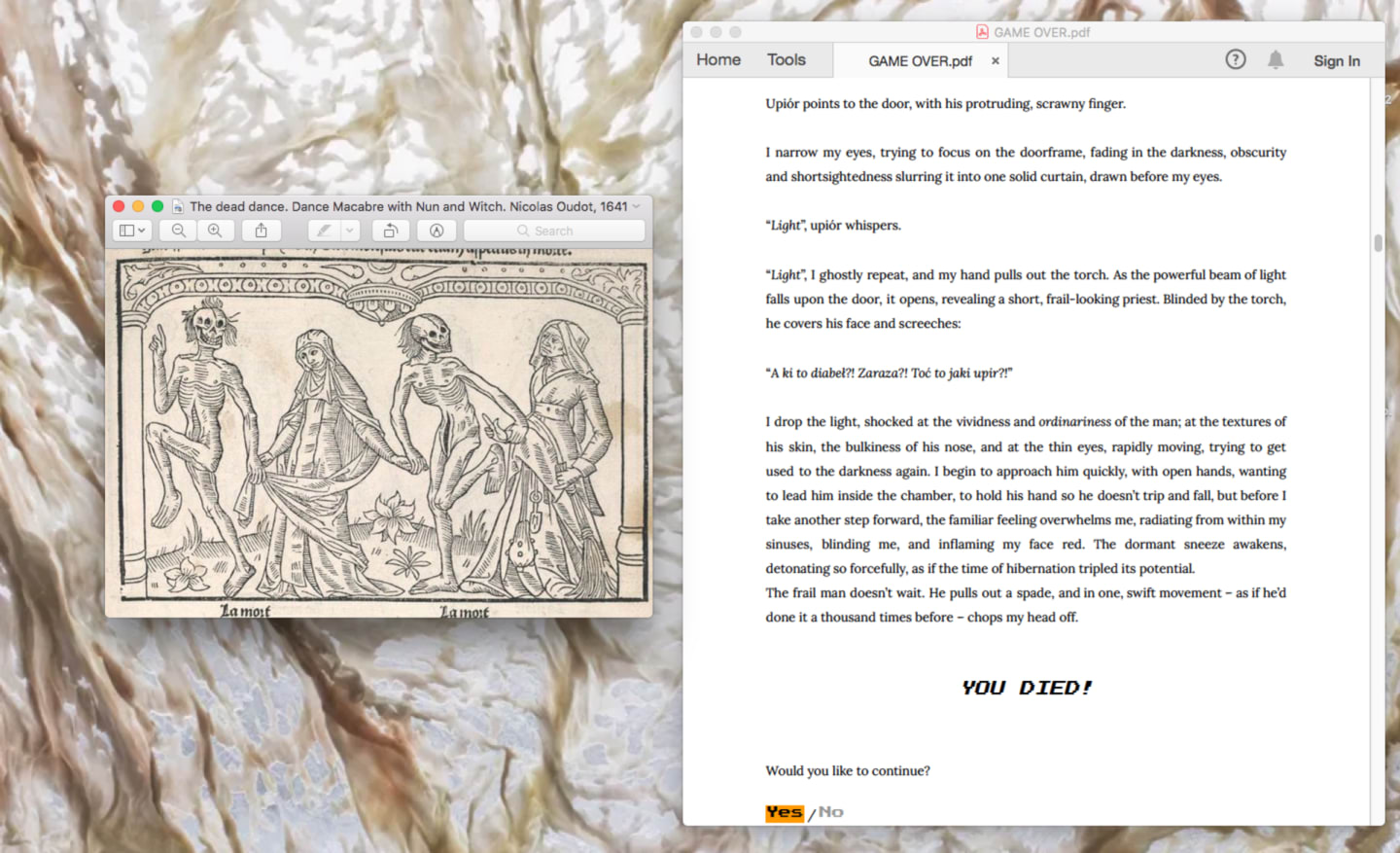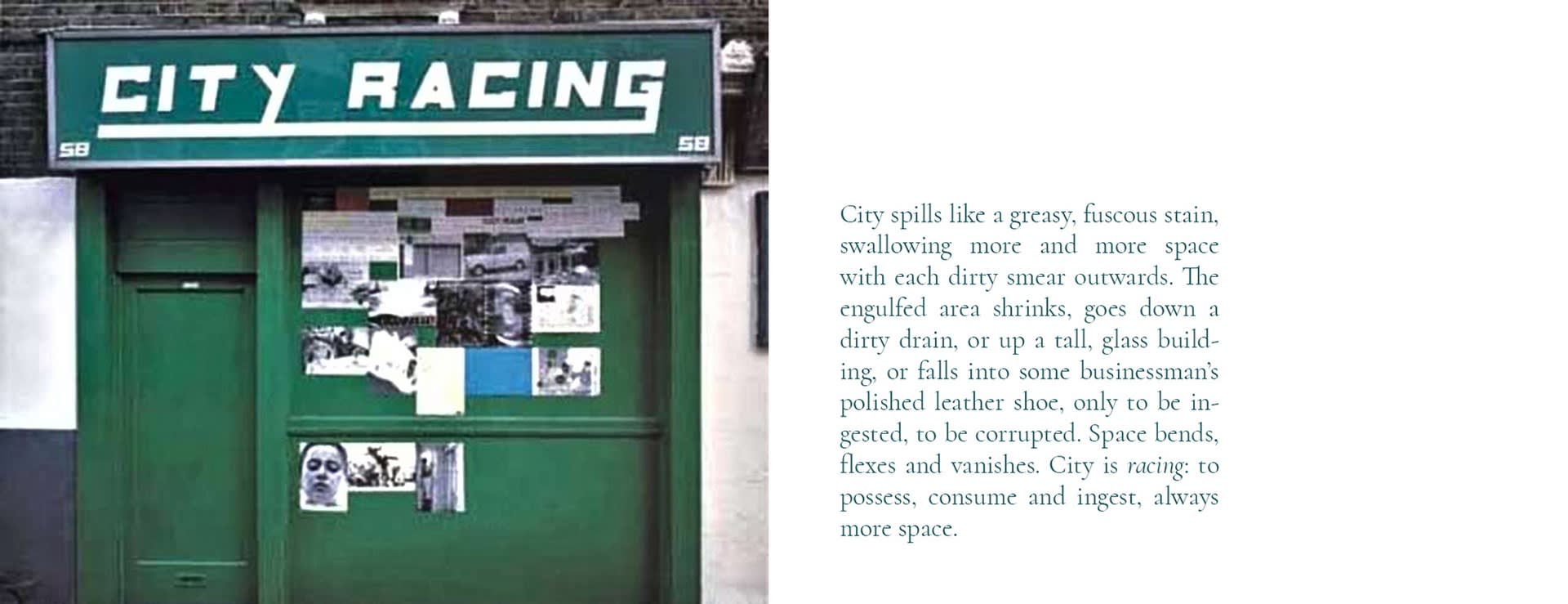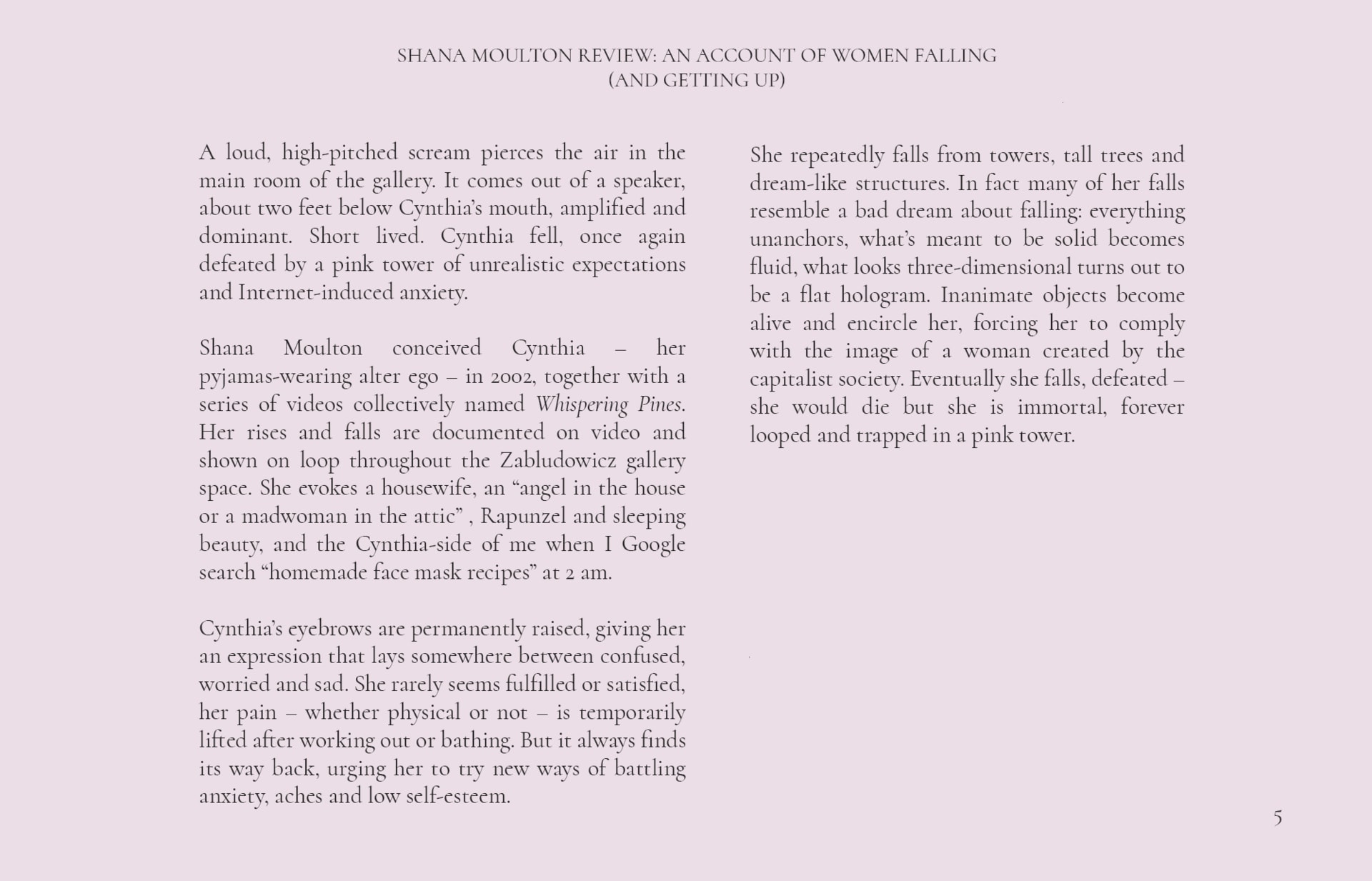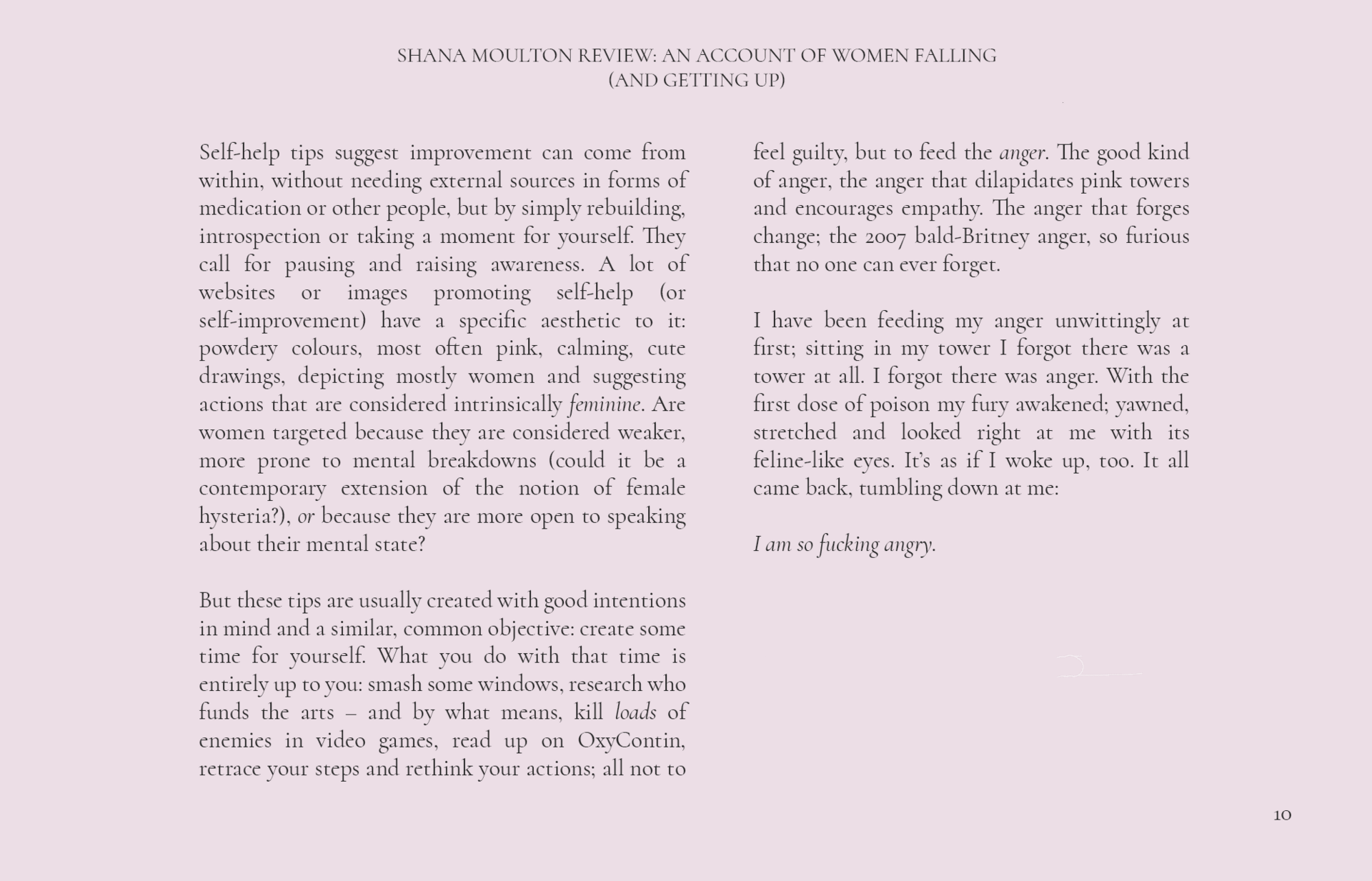For a collaborative exhibition "Hellish Love: An Exhibition of Objects from the Swedenborg Archive", I wrote a text responding to Swedenborg's ear bones. The text reads:
SWEDENBORG’S EAR BONES
THE EAR
It listens. Can you hear it? Drumming, gurgling, hissing, crackling, grumbling, creaking, rattling, tapping, shrieking, howling, humming, echoing, roaring, whispering. Speaking. The ear is a social creature, it’s built of parts that are in continuous dialogue with each other: they converse, pass on sounds and vibrations between each other and further on, into the very core of your soul. You are suspended in a wave of a steady, constant sound. Parts of your ear talk between each other, but they also allow you to talk, to connect with other people and the surrounding world. And you respond, resonate and speak in sound waves. Ear puts you in context and it puts you in space: the sound, the balance, the harmony. Equilibrium: oh, thank the ear.
THE BOX
The shade of green is that of ficus elastica, smelling of juniper and pine. Round shaped, I imagine it would snap gently at my fingers, as if the golden fastening was magnetized: just like a box of cheek blush does (Bourjois Little Round Pot blusher, shade: rose frisson. A quiet pop is the sound it makes). Inside: velvety black, with a worn-out spot right in the middle (faerie circle? full moon behind clouds? toothpaste?). It’s light, unassuming. The small inscription is difficult to read, as if the confident hand that handled these sprawling letters was rushed, perhaps unaware of its importance (scratching sound of a quill on paper). It reads: “Small bones incus & malleus of Swedenborg’s ear”.
THE BONES
Three bones of the middle ear: malleus (hammer), incus (anvil) and stapes are the smallest bones in the human body. Hammer and anvil rest in the green box, disassociated from the body: like cut off nails, or hair separated from skin. Reminiscent of a strange ritual mothers perform when they keep their children’s teeth in a small jar: as if to remember that moment in the past, the moment when their offspring were young enough to still have baby teeth, but just old enough to lose them.
Listen:
Clink, clink, clink, clink.
Like hammer hitting anvil, sound resonates, vibrates and enters deeper into your soul.
















